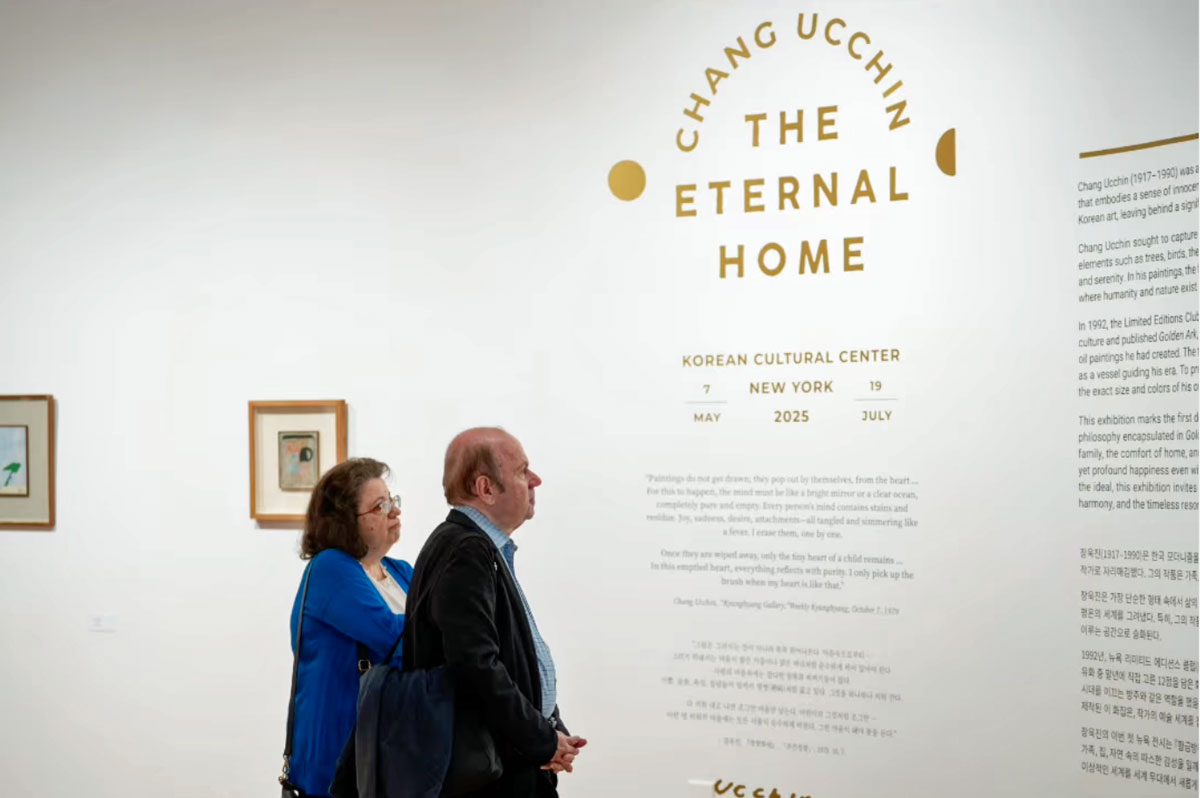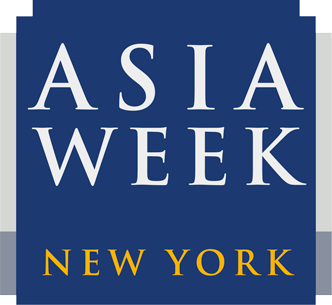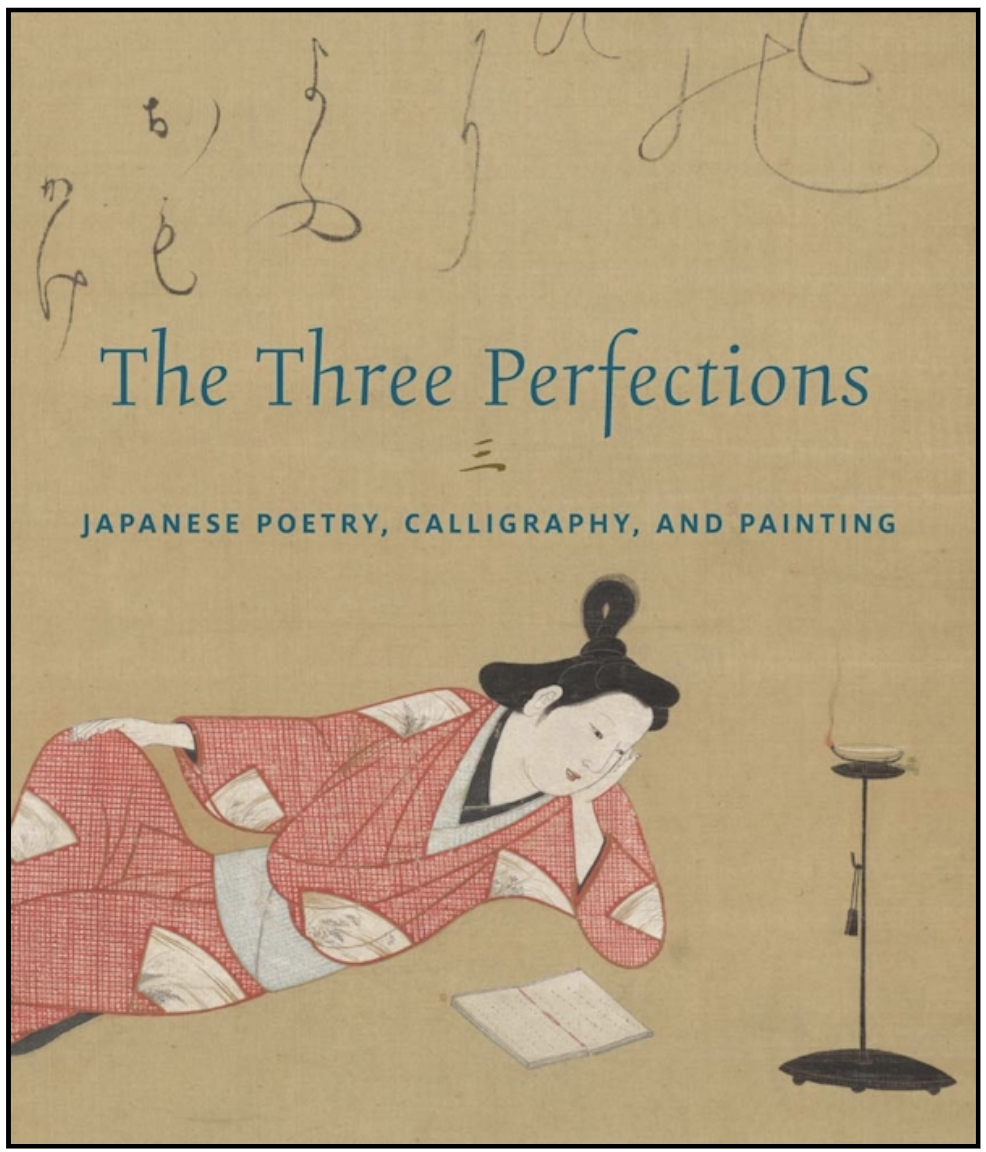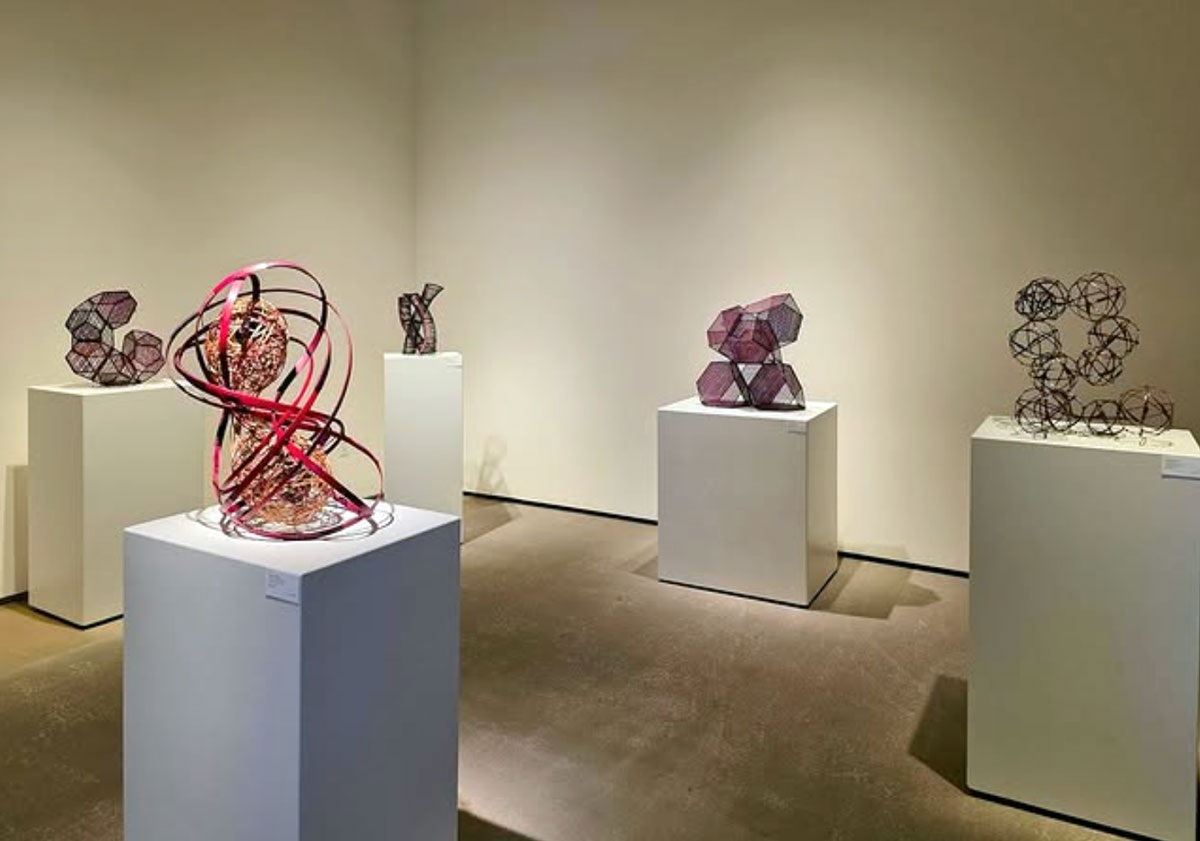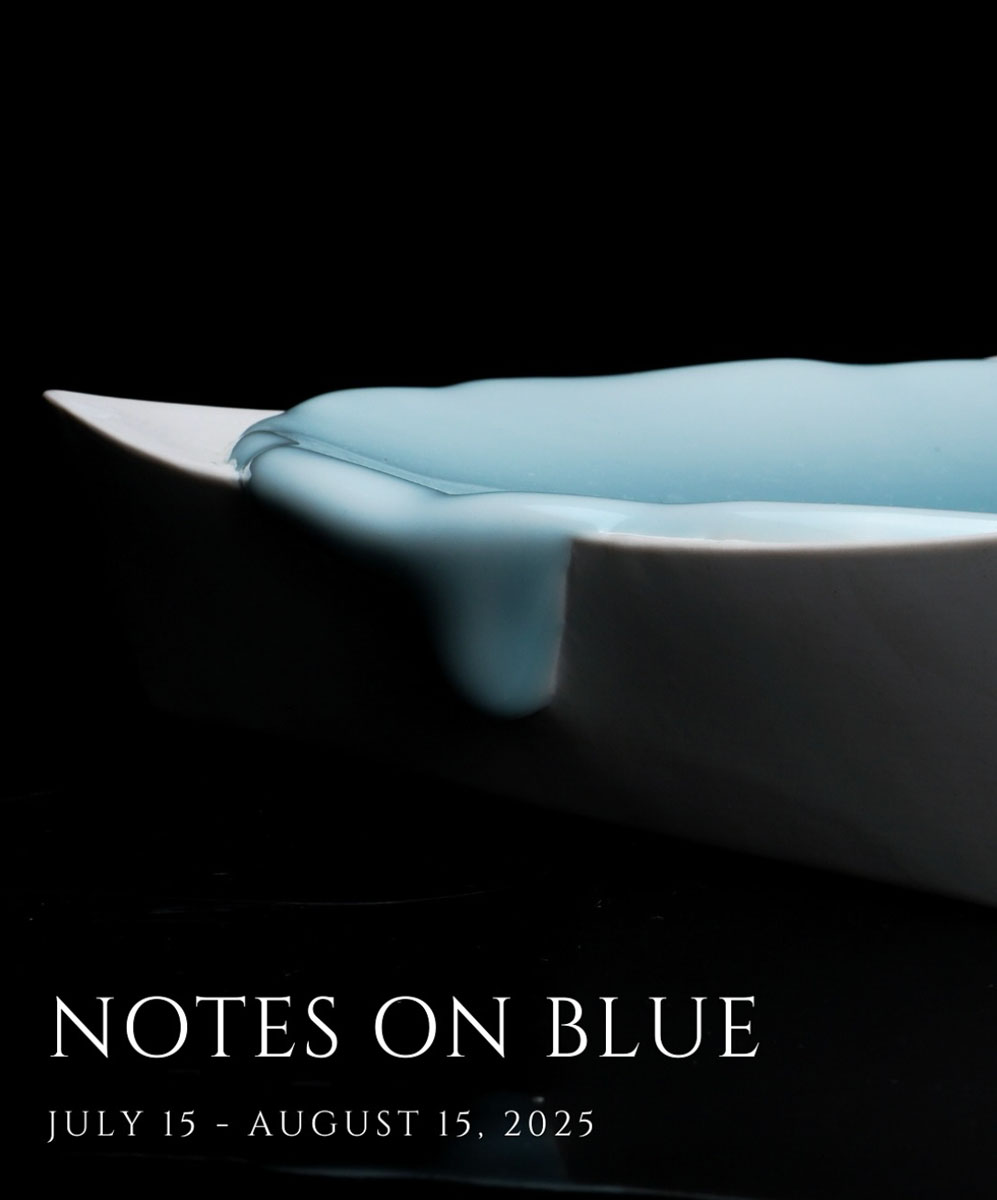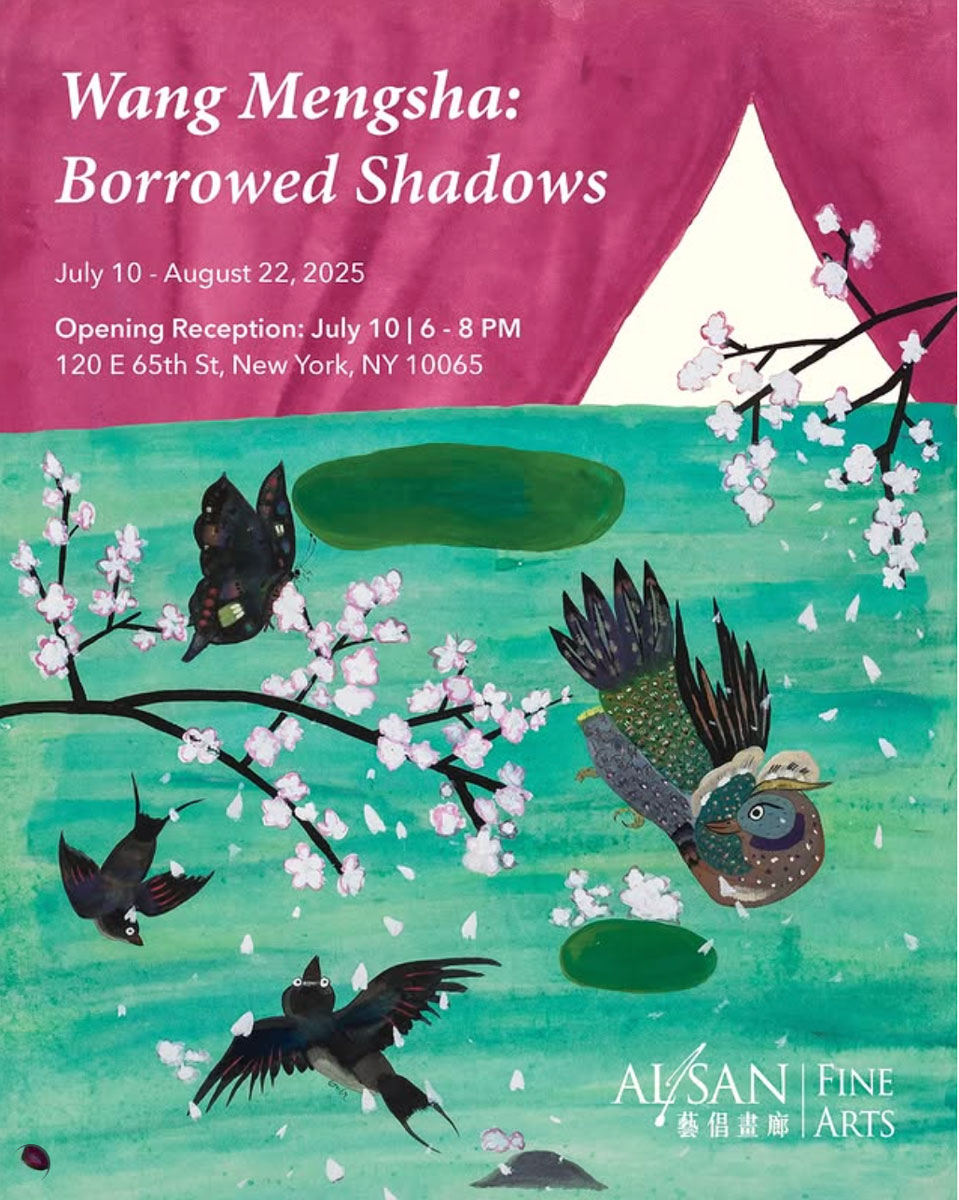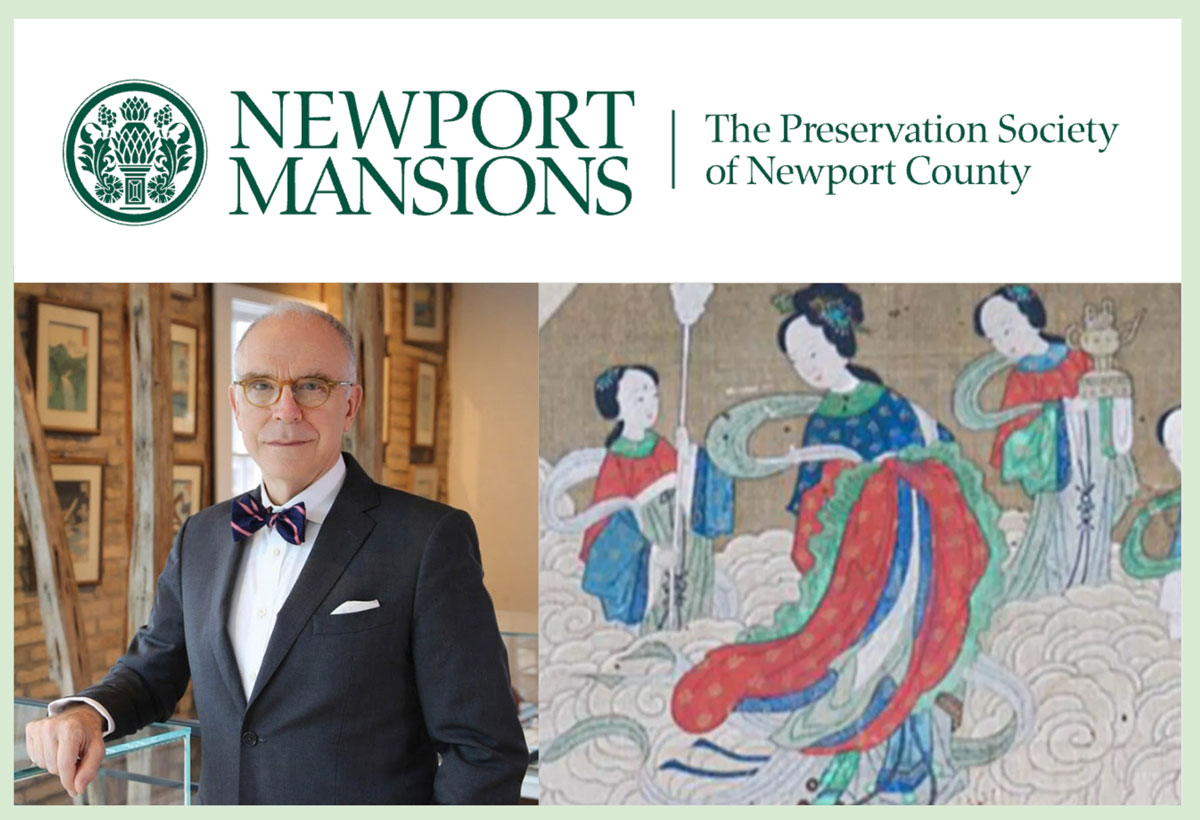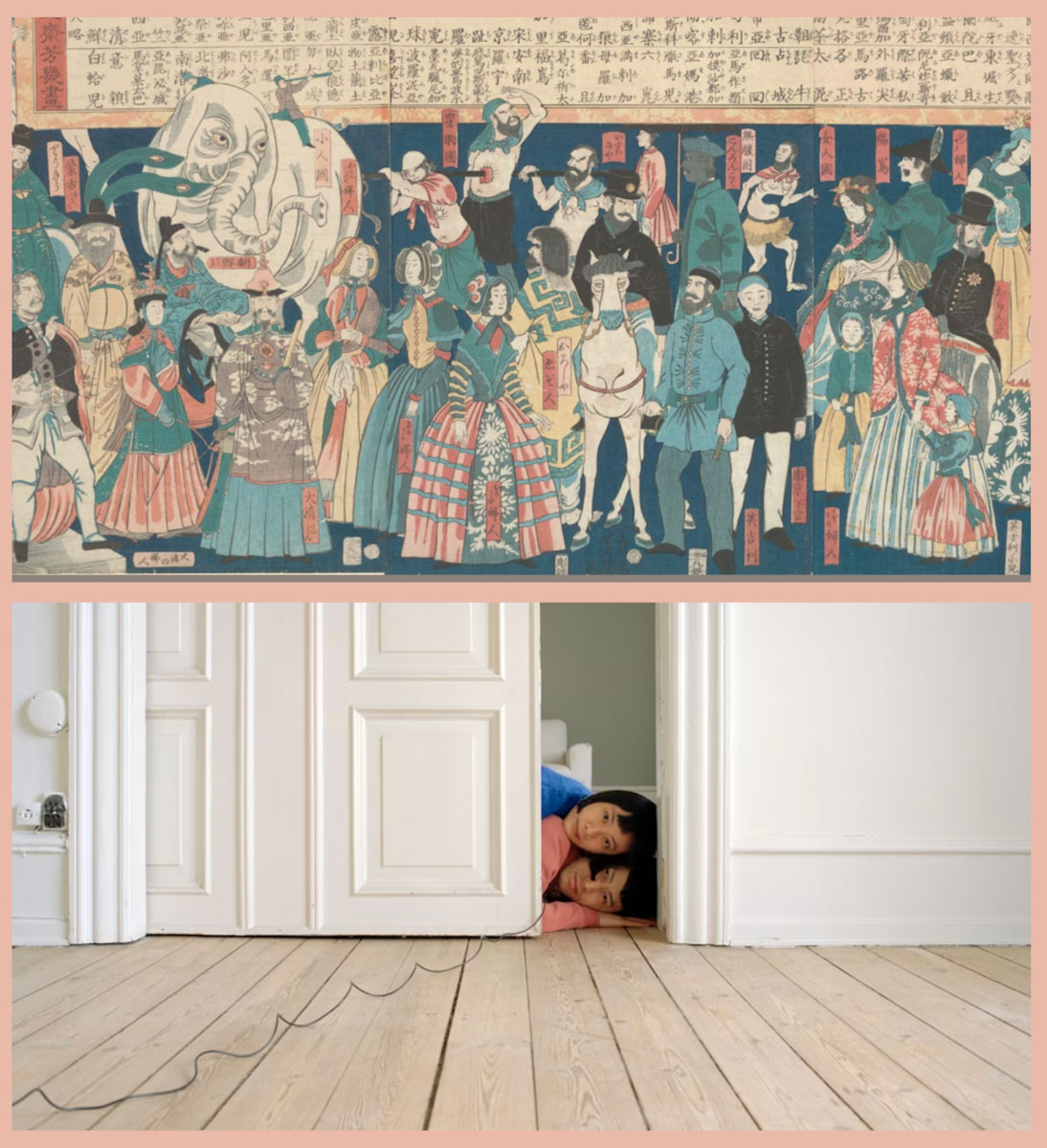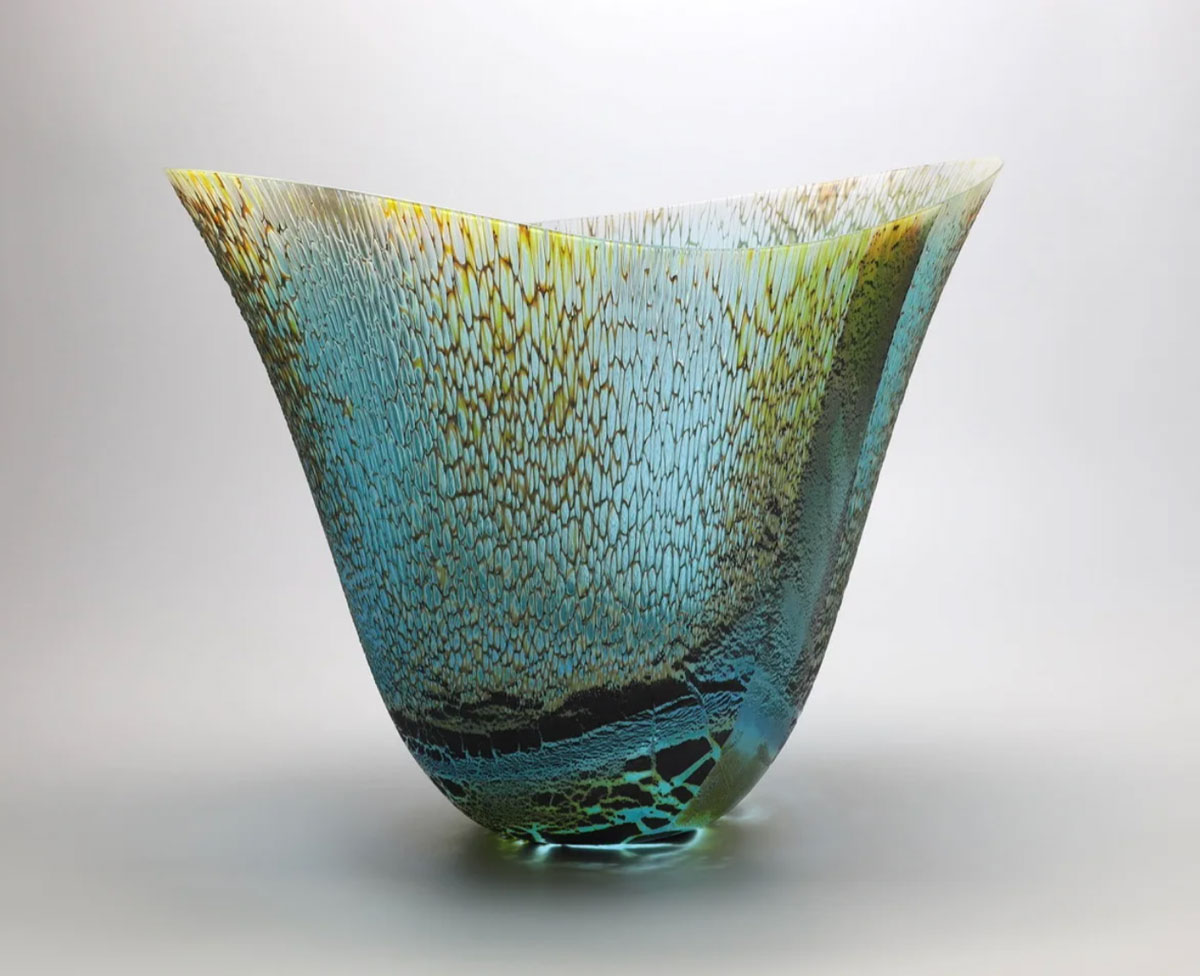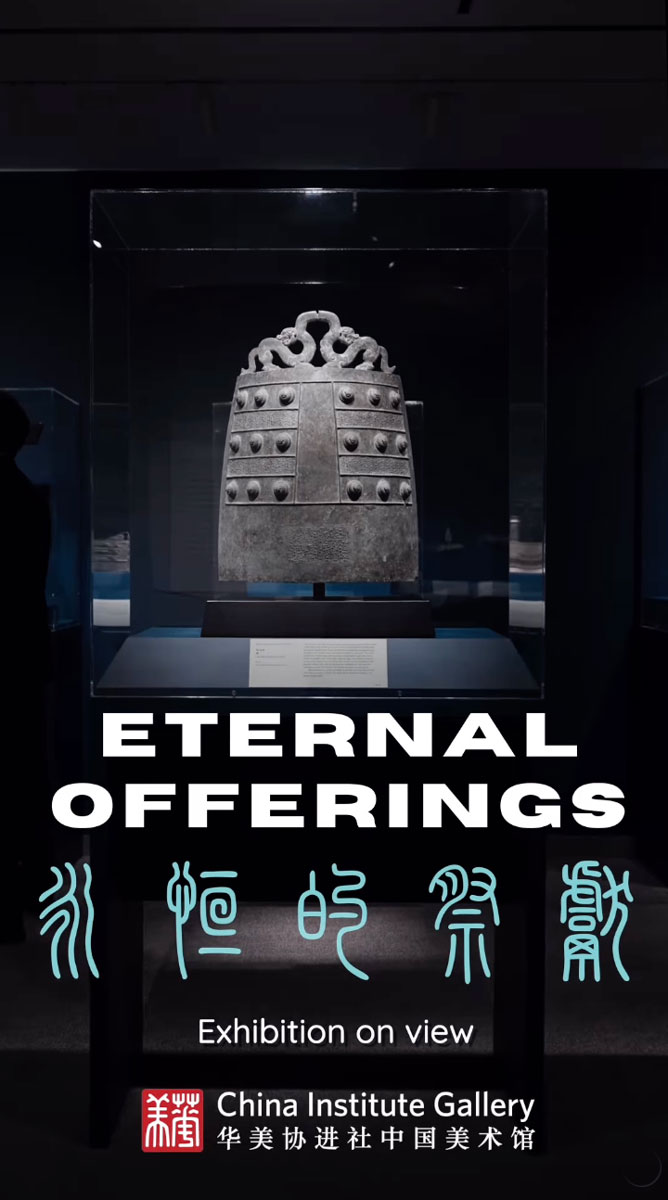(Top): Ochiai Yoshiiku, Picture of Men and Women from Many Countries (Bankoku danjo jinbutsu zue) (detail), 1861, Gift of Emily Crane Chadbourne; (Bottom): Pixy Liao, Little Door Stopper (detail), courtesy of the artist, © Pixy Liao
Celebrate Asia’s rich artistry from early modern printmaking and feminist photography to timeless poetic traditions at the Art Institute of Chicago this summer! Opening next week, The Dawn of Modernity: Japanese Prints, 1850–1900 traces Japan’s transformation during the Meiji era through vibrant woodblock prints that capture a nation in flux. Also debuting is Pixy Liao: Relationship Material, a bold and humorous look at modern intimacy and gender roles through photography, video, and sculpture. And don’t miss the final days of Japan’s Great Female Poets, on view through July 14, which celebrates the enduring legacy of Heian-era poets through exquisite Edo and Meiji prints.
The Dawn of Modernity: Japanese Prints, 1850–1900
July 15 – October 13, 2025
After almost 250 years of near-total isolation, Japan opened to international trade in 1859, following the arrival of Commodore Matthew Perry and his steam-powered fleet in 1853. Foreign ideas and technologies quickly poured in, transforming cities like Yokohama into hubs of global exchange. Japanese printmakers documented these watershed events—often in panoramic triptychs influenced by photography and Western illustrations—depicting steam trains, modern architecture, and bustling streets while promoting the image of a modern nation in ascent. With the fall of the shogunate in 1868 and the start of the Meiji era, Japan embraced rapid modernization under the ideals of “civilization and enlightenment.” The prints in this gallery reflect Japan’s attempts to define itself between Eastern and Western influences and to become Asia’s modern empire.
To learn more, click here.
Pixy Liao: Relationship Material
July 26 – December 8, 2025
Artist Conversation and Performance: Saturday, July 26, 1-2pm
For the past 18 years, artist Pixy Liao (廖逸君) has collaborated with her partner, Takahiro Morooka (諸岡高裕, nicknamed Moro), on a series of staged self-portraits. These often funny photographs document the evolution of the couple’s relationship, examine the power dynamics between artist and muse, play with expressions of physical intimacy, and prod at conservative gender roles. Their collaborations have expanded over the years to include sculptures and installations as well as music, which they perform as the duo PIMO.
To celebrate the opening of Pixy Liao: Relationship Material, Pixy and Moro will join assistant curator Yechen Zhao in a conversation about the evolution of this artistic and romantic partnership. The conversation will be followed by a musical performance by PIMO.
To learn more, click here.
Japan’s Great Female Poets
Closing Monday, July 14, 2025
Japan has long celebrated the talents of its great female poets, especially from the Heian period (794–1185), a golden age of literature. Writers like Murasaki Shikibu and Ono no Komachi inspired legends that later became subjects of Nō and Kabuki plays, as well as woodblock prints. This exhibition features Edo- and Meiji-period interpretations of their stories—often using mitate-e, a playful device that reimagines historical figures through contemporary imagery—by artists including the renowned Hokusai.
To learn more, click here.
